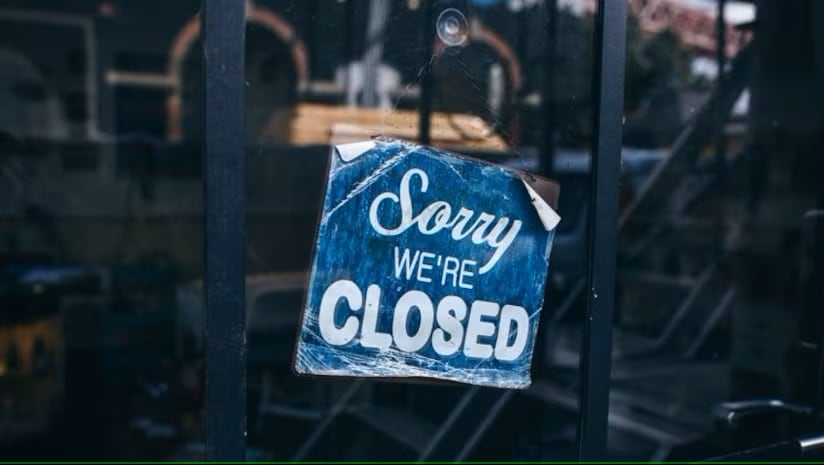At a glance
- The number of licensed hospitality premises in Britain decreased by 0.4% in the first half of 2025, marking a continued decline since the start of the Covid-19 pandemic.
- Over 16,000 net closures have occurred in the past five years, resulting in a 14.2% reduction in the sector's size since March 2020.
- A rise in closures is attributed to new employment costs introduced in April 2025, which have strained site profitability and may lead to further company restructurings.
- The market polarisation is expected to continue, with leading hospitality brands gaining market share as smaller businesses struggle.
- Manchester's hospitality market shows resilience, being the only major UK city to record an increase in licensed venues during the period.
The latest Hospitality Market Monitor from CGA by NIQ and AlixPartners recorded a total of 98,746 sites operating at the end of June, compared to 99,120 at the start of the year.
In the context of the overall size of the market, Britain’s number of licensed premises fell by 0.4% in the first six months of 2025.
The latest closures mean the sector is now 14.2% smaller than it was at the start of the Covid-19 pandemic in March 2020, having recorded more than 16,000 net closures in the ensuing five-year period.
It marks a setback for the industry after a solid 2024, when site numbers were largely stable.
The rise in closures comes amid the introduction of significant new employment costs announced in last year’s Budget, which came into effect in April and have placed new pressures on site profitability.
In absence of mitigation, the Monitor warns that these costs may trigger a new wave of company restructurings in the second half of this year.
“After a period of relative stability for pub and restaurant businesses last year, the first half of 2025 has proved more challenging, with the net closure rate increasing again – the big question for hospitality is what happens from here,” says Graeme Smith, a senior partner at AlixPartners.
“The effects of a step change in costs and taxation, which landed this April, have made the trading environment more challenging for many hospitality businesses.
“Consumer demand appears to be resilient, so the medium-term impact of these changes is yet to be seen, although it seems likely that more closures will follow in the immediate term.
“In this environment, we would expect the polarisation in the market to continue, with the leading players continuing to grow and take market share from struggling brands.”
The report shows how restaurants and smaller businesses have borne the brunt of closures so far in 2025.
The food-led sector has contracted by 2.9% in just one year, in contrast to a 1% increase in drink-led venues.
“These latest figures are a devastating blow, showing in the starkest terms the impact of Government-driven cost pressures,” says Kate Nicholls, chair of UKHospitality.
“Two hospitality venues closing every day is not just a statistic; it represents the hollowing out of our high streets and communities.
“Independent businesses, the lifeblood of our sector, are being disproportionately crushed under the weight of unfair taxation and soaring employment costs.
“The result is a sector in survival mode, where investment is at a standstill. Businesses are being forced to focus on just keeping the lights on, and growth is secondary.”
The Hospitality Market Monitor also reveals trends in openings and closures across the hospitality sector, including a spotlight on the relatively resilient Manchester market.
Of the 10 British city centres with the most licensed premises, Manchester is the only one to have a recorded an increase in venues between March and June, with recent openings there featuring expanding London-based brands including Big Mamma, Caravan, Blacklock and Lina Stores.


